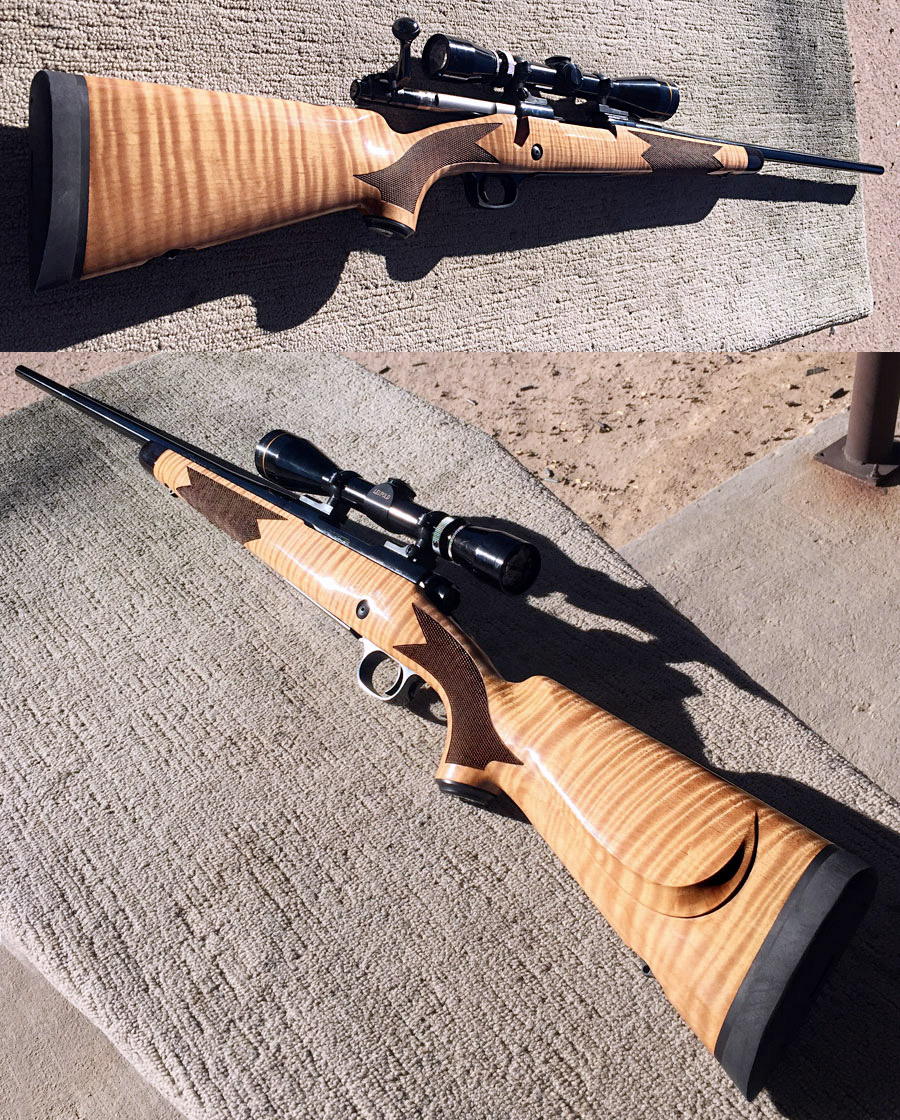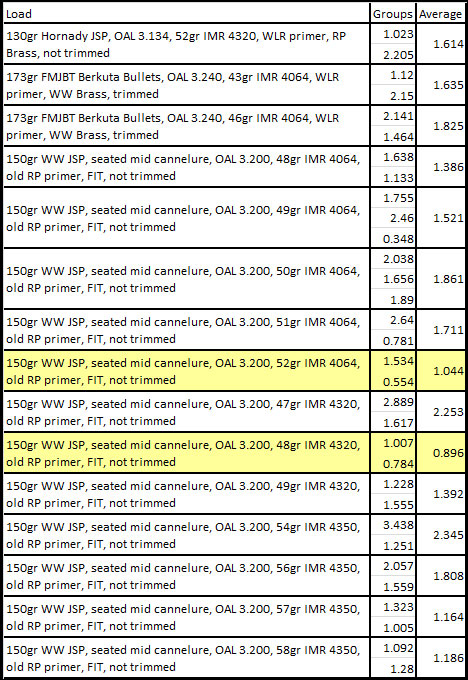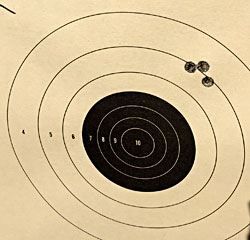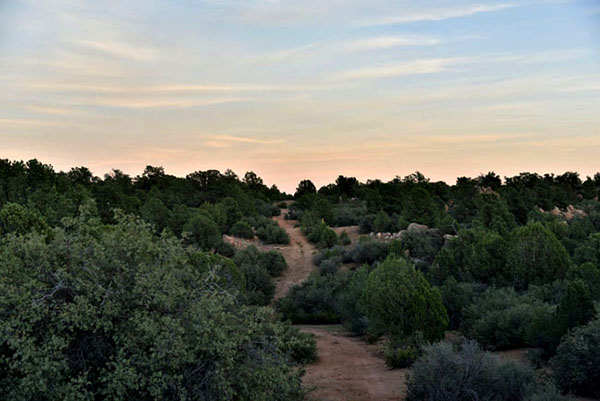It’s another one of those stream-of-consciousness blogs, folks…things I’ve been meaning to mention but forgot, new stuff that’s cool, and more.
For starters, you all will remember my good buddy and former US Army paratrooper Mike. I first met Mike on one of the CSC Baja rides and we’ve been friends since.

Mike posted a photo on Facebook over the weekend of himself and, well, take a look…

I saw that photo, and I realized: This is an image that cries out for a caption. So, we’re having a caption contest. There’s no prize, other than seeing your entry posted here on the ExNotes blog. There’s all kinds of possibilities with things related to being Airborne, being a turkey, sitting under a turkey, that “almost airborne” T-shirt Mike is wearing, and on and on it goes. Let’s hear your thoughts in the Comments section, or shoot us an email.

More good stuff…I keep returning to Gresh’s blog on the BMW R18. I first read it when I was enjoying an Einstein’s bagel in the Denver airport a couple of nights ago, and I realized that folks were looking at me because I was laughing out loud. The writing is classic Gresh. Funny as hell. My good buddy Arjiu can write.
Another one…you might remember my blog on the Sand Creek Massacre National Historic Site a few weeks ago.
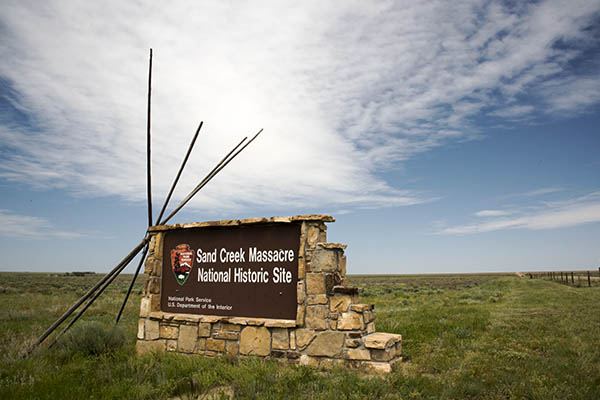
While I was out there, I asked the US Park Ranger which of the several books they offered for sale he would recommend, and he suggested A Misplaced Massacre by Ari Kelman.
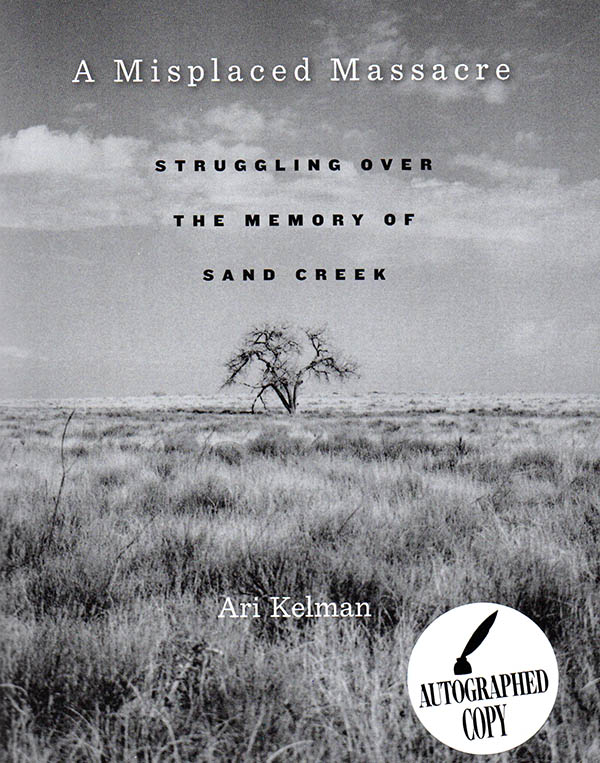
The Ranger’s book recommendation was solid, and A Misplaced Massacre was a fascinating read. Part of the book was about the massacre, but most of it was about the controversy in contemporary Colorado associated with recognizing that Sand Creek was a massacre (and not an heroic battle, as claimed by the cowardly cavalry officer who led it). Another aspect to the story I had not heard before was the uncertainly associated with the actual massacre site (since resolved, but the effort involved in finding it was one hell of a story that resulted in the title of this fine book). And yet another aspect was US Senator Ben Nighthorse Campbell’s involvement in designating the site as a national historic site. I met Senator Campbell over 20 years ago at the Laughlin River Run. Yep, Senator Campbell is a motorcyclist.
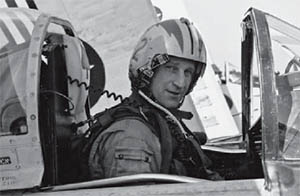
More good stuff…30 years ago, I managed the Sargent-Fletcher plant in El Monte, California, where we designed and manufactured aerial refueling equipment and combat aircraft fuel tanks. It was a fabulous place to be and I had a wonderful team, but the best part was that I worked for Rear Admiral Gordon Smith, one of the best bosses I ever had. I learned more about leadership working for Gordon than I did in any other job, and I’ve worked for several truly outstanding leaders. Sue and I reconnected with the Admiral a few weeks ago, and we’re having dinner with him this week. I’m really excited about that. It’s a story we may share here on the ExNotes blog.

Another random thought…Joe and I did a Baja run a few weeks ago for Royal Enfield, and I mentioned that story is running in the current issue of Motorcycle Classics magazine. On our way home, as I always do on any Baja run, we stopped at the L.A. Cetto vineyard along the glorious Ruta del Vino between Ensenada and Tecate. It turns out that I am somewhat of a wine snob. Well, not really a wine snob…that implies a degree of sophistication I don’t possess. What I am is a guy who appreciates a good Malbec, a wine I learned about on a business trip to Colombia 15 years ago (I had never heard of Malbec before then). When you re-enter the US from Baja, you can only bring one bottle of wine, and when Joe and I visited the L.A. Cetto vineyard, I asked if they had a Malbec. It turns out they had a couple, and the guy there recommended the 2014. It cost a little more than the other one so I figured it must be good (like I said, being a real wine snob requires a level of sophistication I don’t have). Based on my wine selection logic (more expensive must be better), I bought it. Susie and I barbequed salmon last week and we opened the Malbec (another demonstration of my lack of sophistication…drinking a red with fish). Good Lord, it was wonderful. I checked, and you can’t buy L.A. Cetto Malbec in the US. You know what that means: Another trip to Baja!
And finally, I was out on the rifle range yesterday, and we’re working up a good story tentatively titled A Tale of Three 300s.
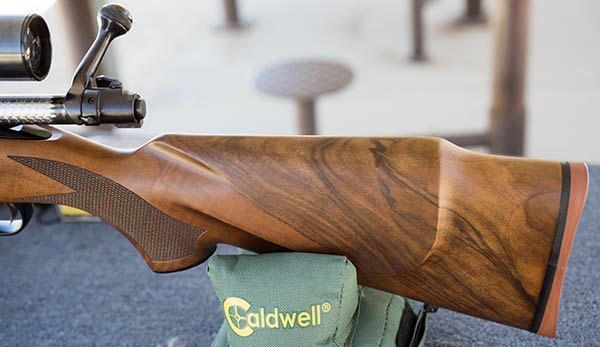
A Tale of Three 300s will be up in another day or two after my shoulder recovers from the recoil. In the meantime, if you need more gun stuff, just mosey on over to Tales of the Gun!

